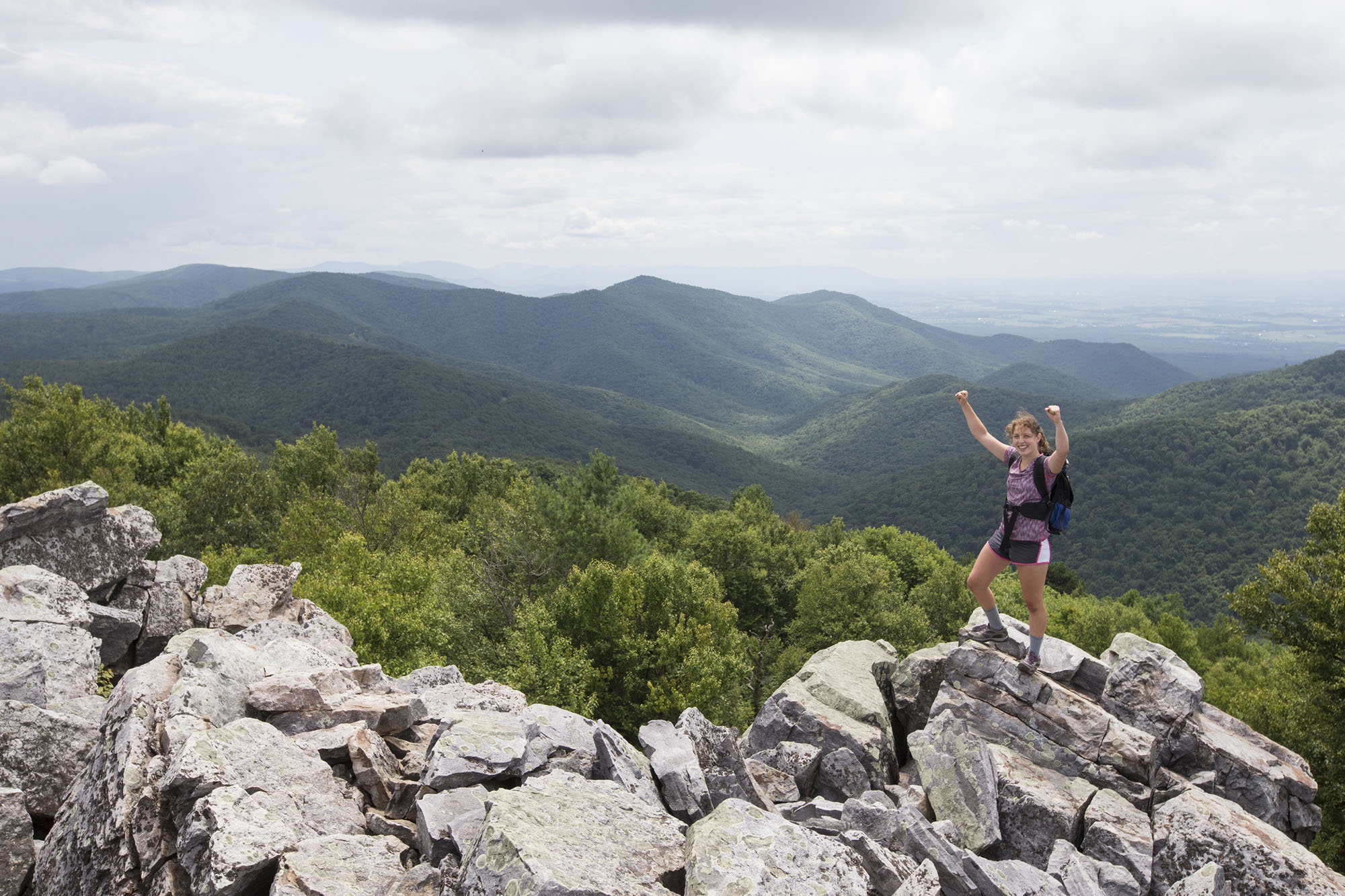Ten incoming University of Virginia first-year students stood quietly in the parking lot of the Outdoor Recreation center on July 15, the day after their two-day summer orientation session wrapped up. Most of their peers had begun their journeys home.
These 10 – five males, five females – were about to hop into a Chevy Suburban with hundreds of pounds of camping gear and head for the wilderness.
The students participated in the second of three Cavalier Outdoor Adventure Retreats, or COAR, held in July – a pilot program intended to supplement the orientation experience with three-day excursions into Shenandoah National Park involving three hikes and two nights in a primitive cabin.
Outdoor Recreation offered a similar program from 2001 to 2006, then called the VISTA Outdoor Orientation Program, affording incoming first-years a range of outdoor experiences – including canoeing and rock-climbing – over the multi-day trip.
But John McCall, director for outdoor recreation at Intramural-Recreational Sports, said that COAR was successful where VISTA was not: VISTA catered only to incoming first-years already experienced with outdoor activities, while COAR was designed for all manner of participants. Additionally, McCall said there was no trouble filling all the spots on the trips – a challenge with VISTA – and that the $155 cost of the program (which covered food, equipment and transportation) was cut by half.
Even so, McCall said the goal of both programs is the same: “The whole point is to get students out in the field and let them get to know one another,” he said.
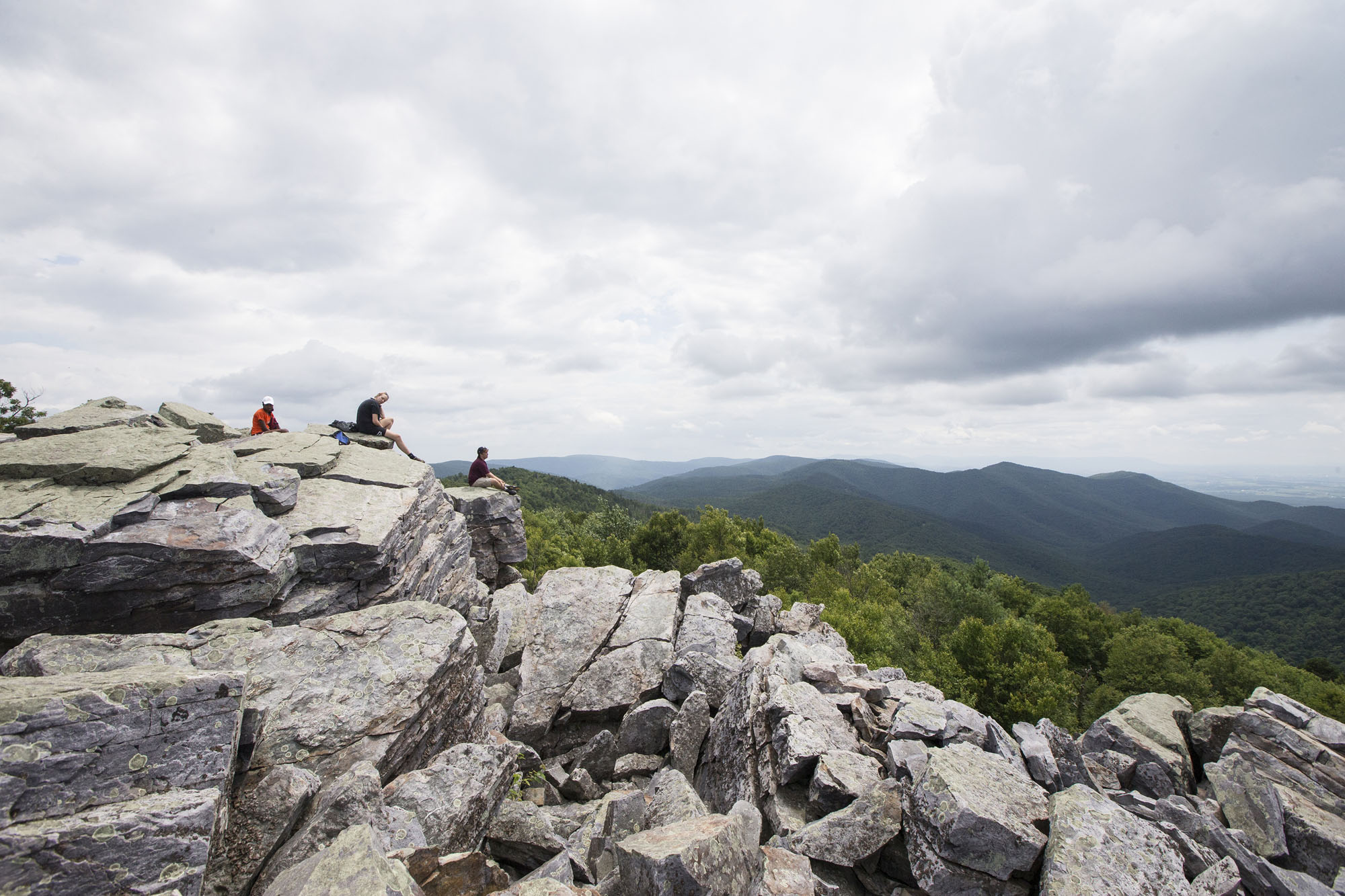
Students from the COAR trip made the ascent to Blackrock Summit during a new pilot orientation program this summer. Photos by Dan Addison / University Communications
The COAR trips were designed to be accessible for students of all experience levels, McCall said. The highly experienced trip leaders were student, staff and faculty volunteers: Kaity Vance, Anne-Nelson Stoner, a rising second-year student, and May graduate Elizabeth Hill, plus faculty member Diane Whaley, a professor in the Curry School of Education, director of the Lifetime Physical Activity Program and an experienced hiker. They had been well-trained to guide the students through the woods and oversee their overnight stay in the park.
The first day of the COAR trips began with a short hike, around three to four miles, round-trip, to Chimney Rock. The group then ate a picnic lunch before making a one-mile ascent to Blackrock Summit, a rocky peak with a beautiful, 360-degree view of the Blue Ridge Mountains.
The makeup of the group certainly reflected the accessible nature of the COAR trip. Aside from the occasional experienced Boy Scout or mountaineering Coloradoan, many of the students had never taken part in a hiking trip as extensive as the COAR, including Christine Stiebris, who hails from the coastal plains of Delaware – not necessarily a hiking hotspot.
“I wasn’t sure what to expect,” she said.
After reaching Blackrock Summit, the group relaxed for a moment to admire the view. Stiebris said that after a few minutes, she decided to begin climbing around on the massive boulders sitting around the summit.
“I thought to myself, ‘I bet I could scale down that.’ So I did,” she said. “I just started seeing what else I could climb and testing myself a bit.”
After returning from Blackrock, the COAR group drove a few minutes down Skyline Drive, pulled into a nondescript parking lot and lugged their gear down the side of the mountain to the Doyles River cabin, a “primitive” cabin – no electricity, no running water, no bathrooms – with a clear view of an idyllic valley and the surrounding mountains. The groups stayed there for two nights, cooking their own meals, building their own fires and filtering their own water from a stream about 100 yards downhill.
Day two of the COAR trips consisted of an eight-mile hike through the national park. Stiebris said that their group stopped at a few of the trail’s many waterfalls and scenic overlooks – breaks that Stiebris and the rest of the group filled with more impromptu climbing.
After a second night in the cabin, the group packed for home. The caravan made a quick descent back to Grounds, where students unloaded their gear at the Slaughter Recreation Center and hit the Corner for lunch. At first too shy to talk to one another, the students now chatted comfortably on a range of topics, silly and serious.
Vance said she enjoyed watching this happen on all three of the COAR trips, and said the trips have been effective at making connections between the students, which can be very important as they enter their first year at U.Va.
“You learn a lot in college in the classroom, but I think some of the most rewarding experiences you get are from the people you meet,” Vance said. “And I think this trip is designed to be a first little insight into that.”
Stiebris said she grew very close to the rest of the participants and student leaders, gained a new appreciation for hiking and acquired a new hobby.
“After seeing me climb around on the rocks on Wednesday, Anne-Nelson suggested that I do climbing at U.Va.,” she said. “After talking with her more about it, I’m determined to give it a go!”
Initial participant and staff feedback about the COAR pilot program was very positive, McCall said; he plans to follow up with the students about how the program helped them in their first year of school. He also hopes to expand the COAR program from three to six trips next summer.
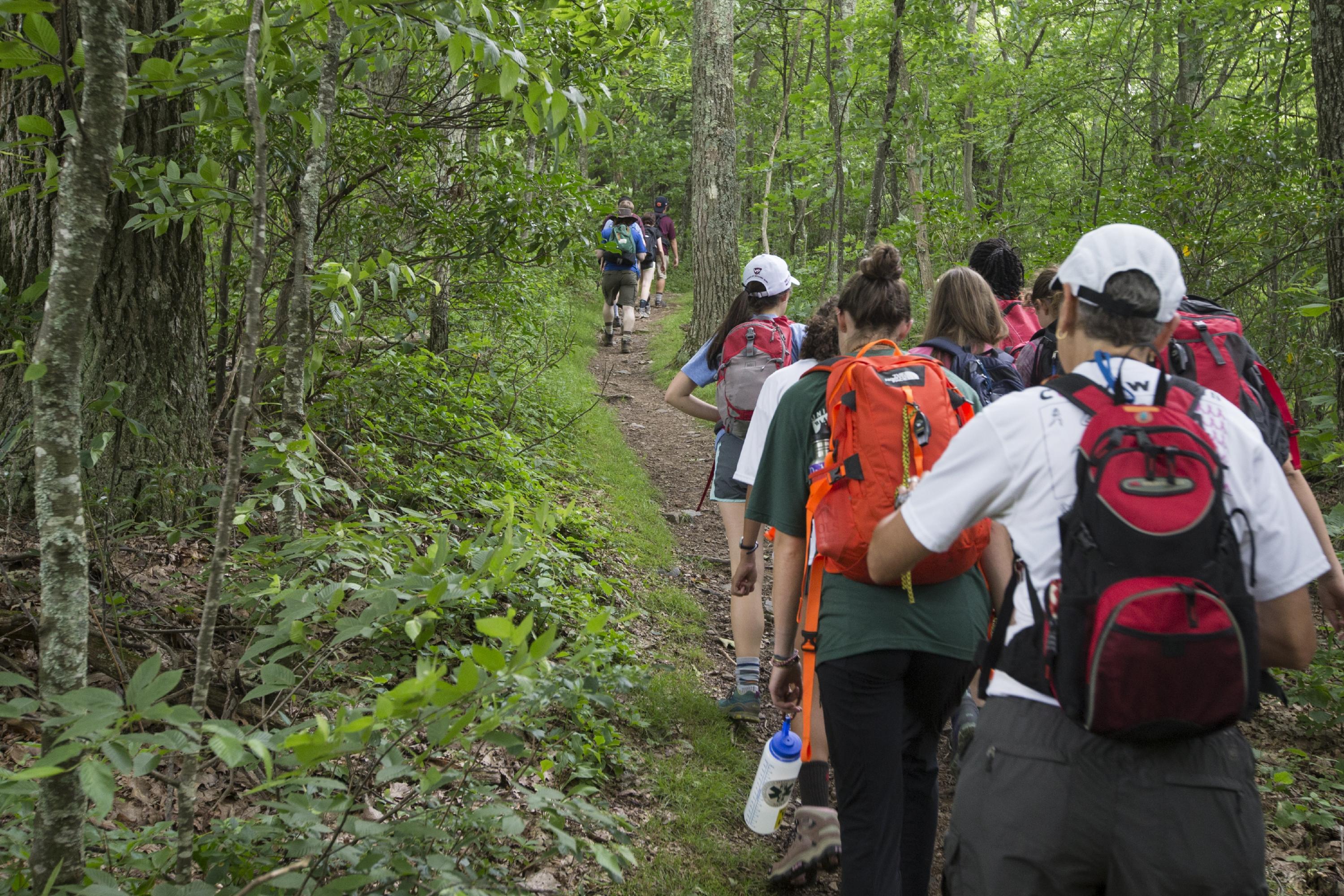
Incoming first-year students in the pilot COAR program went on a three-day hike into Shenandoah National Park with peers after their regular orientation at U.Va. this summer. Photos by Dan Addison / University Communications
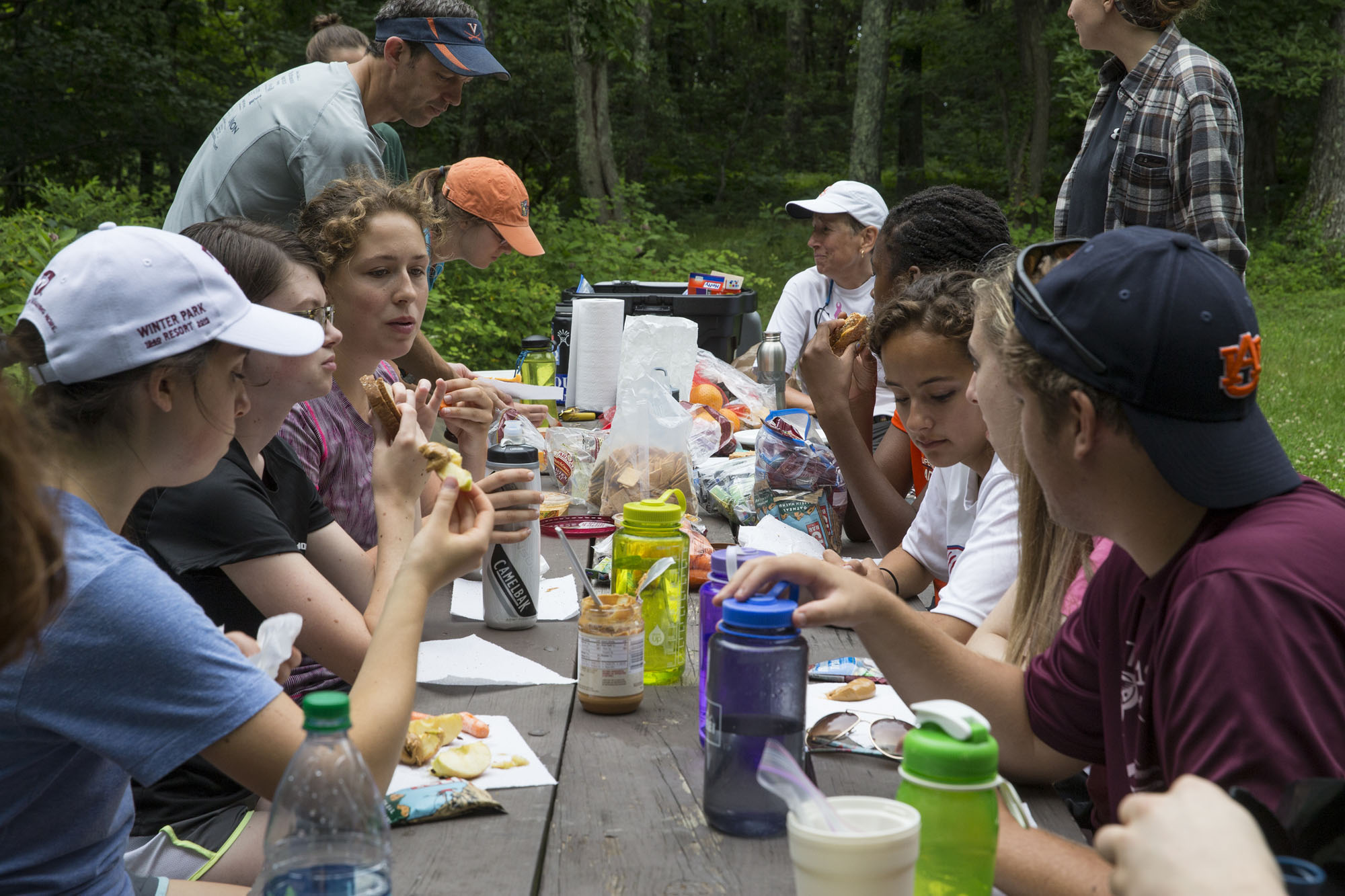
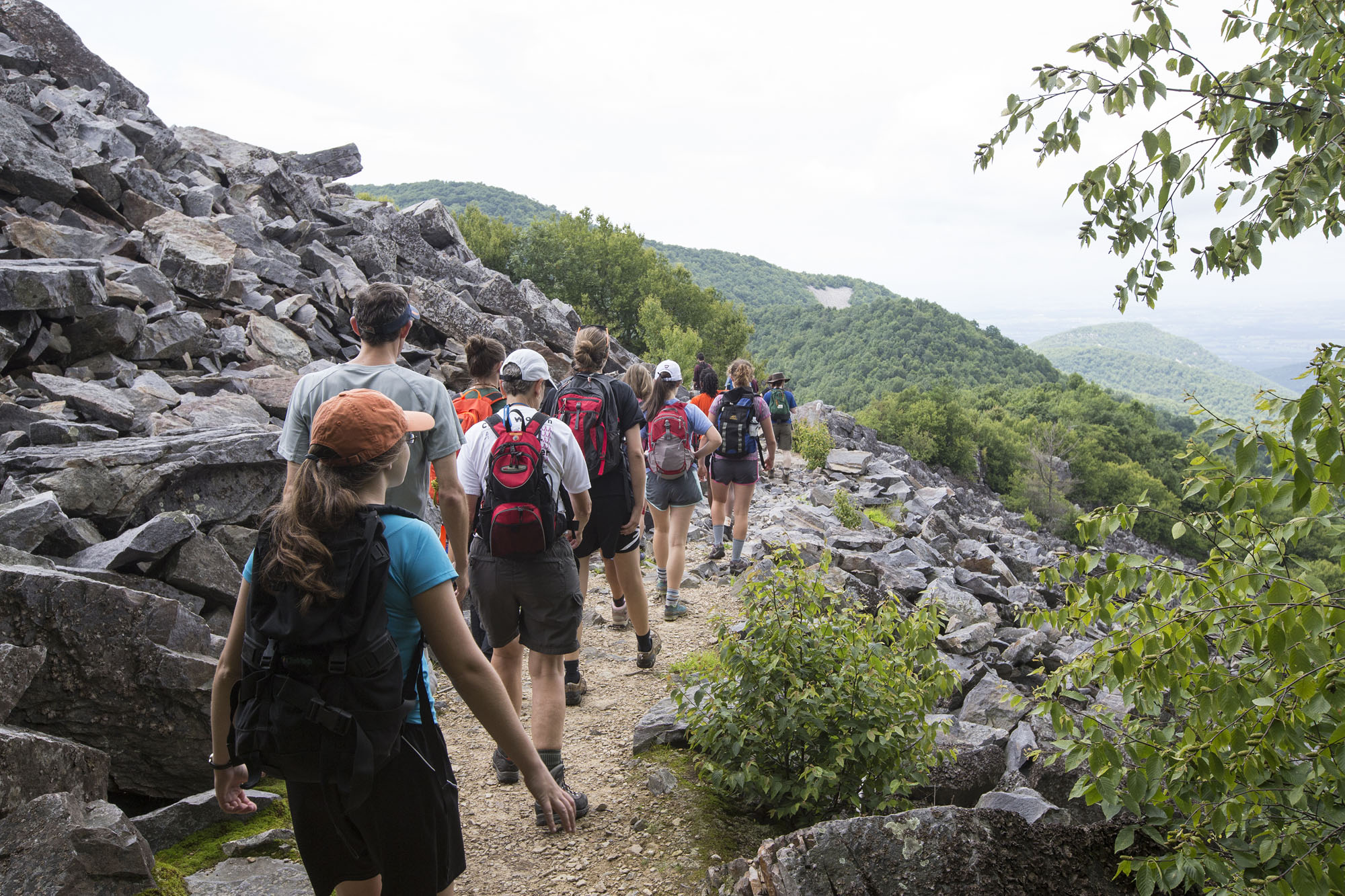
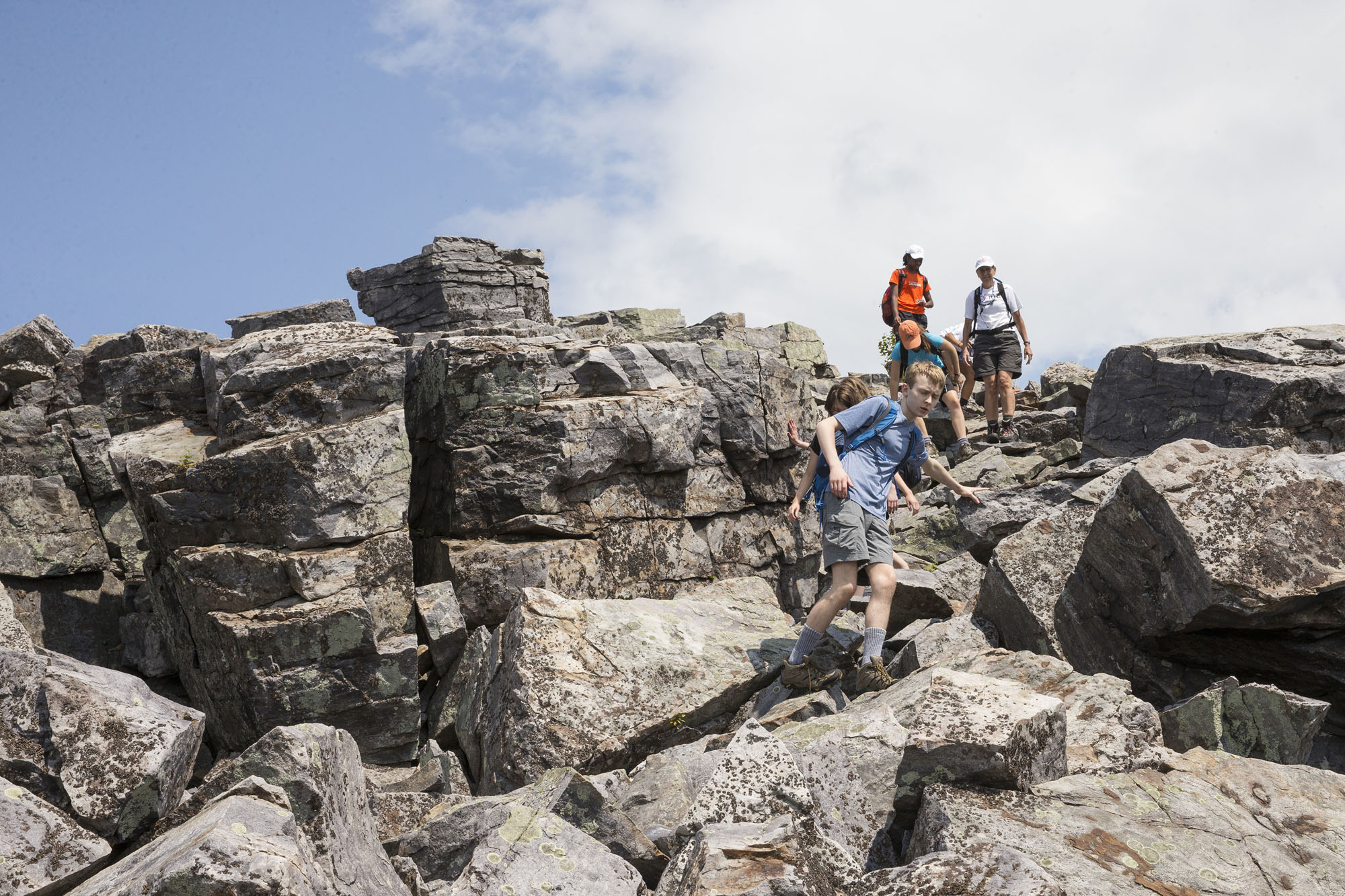
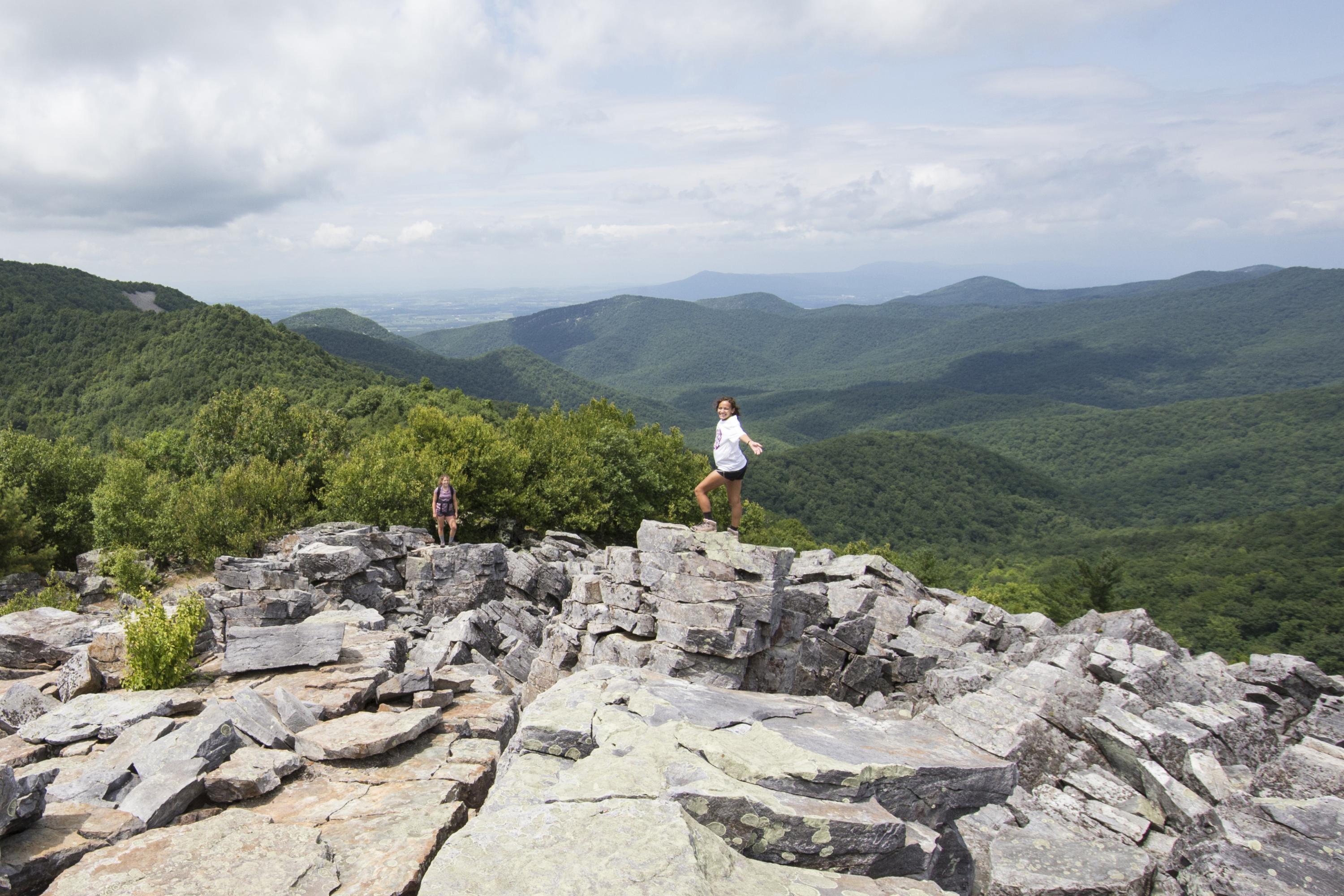
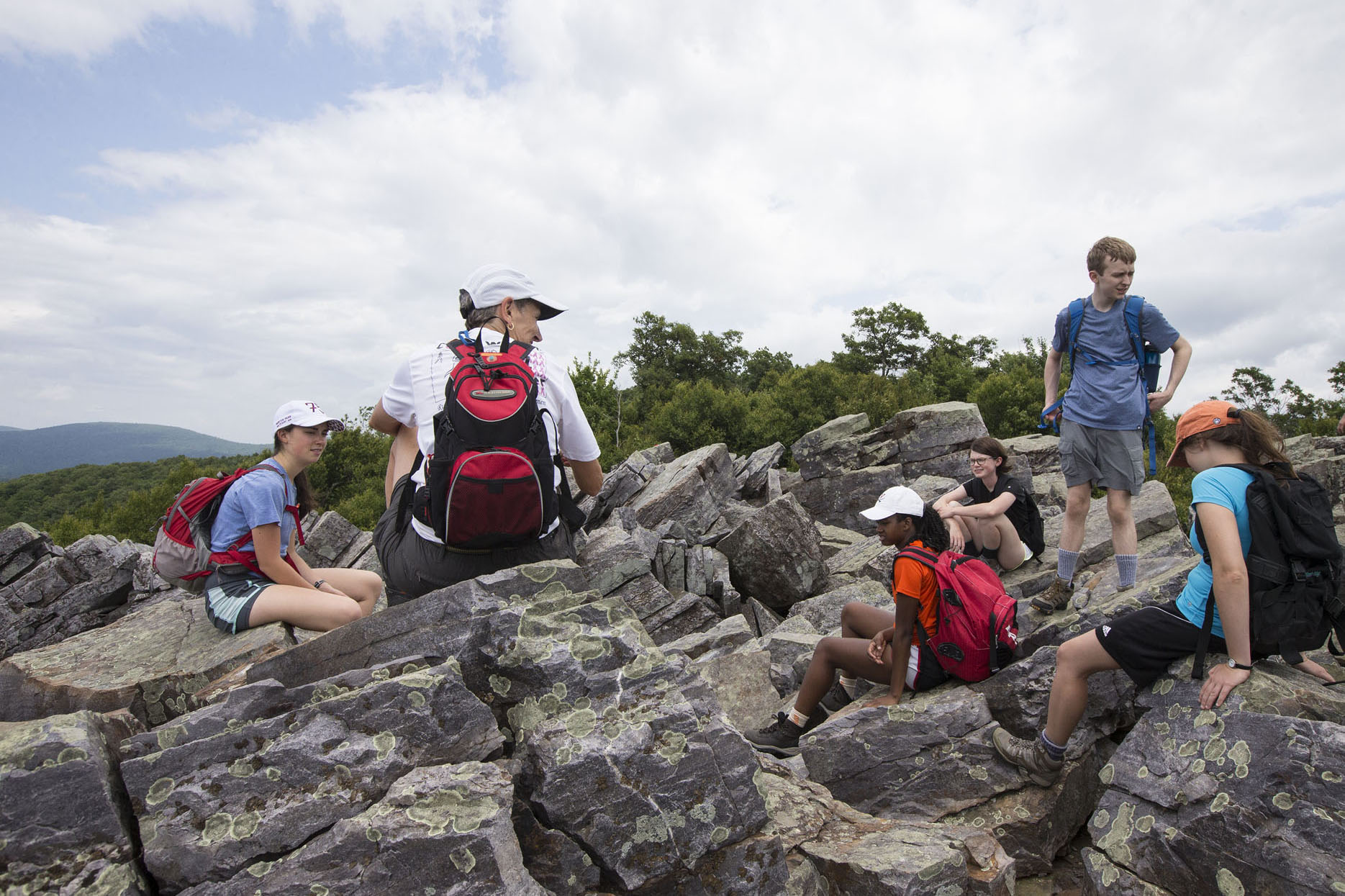
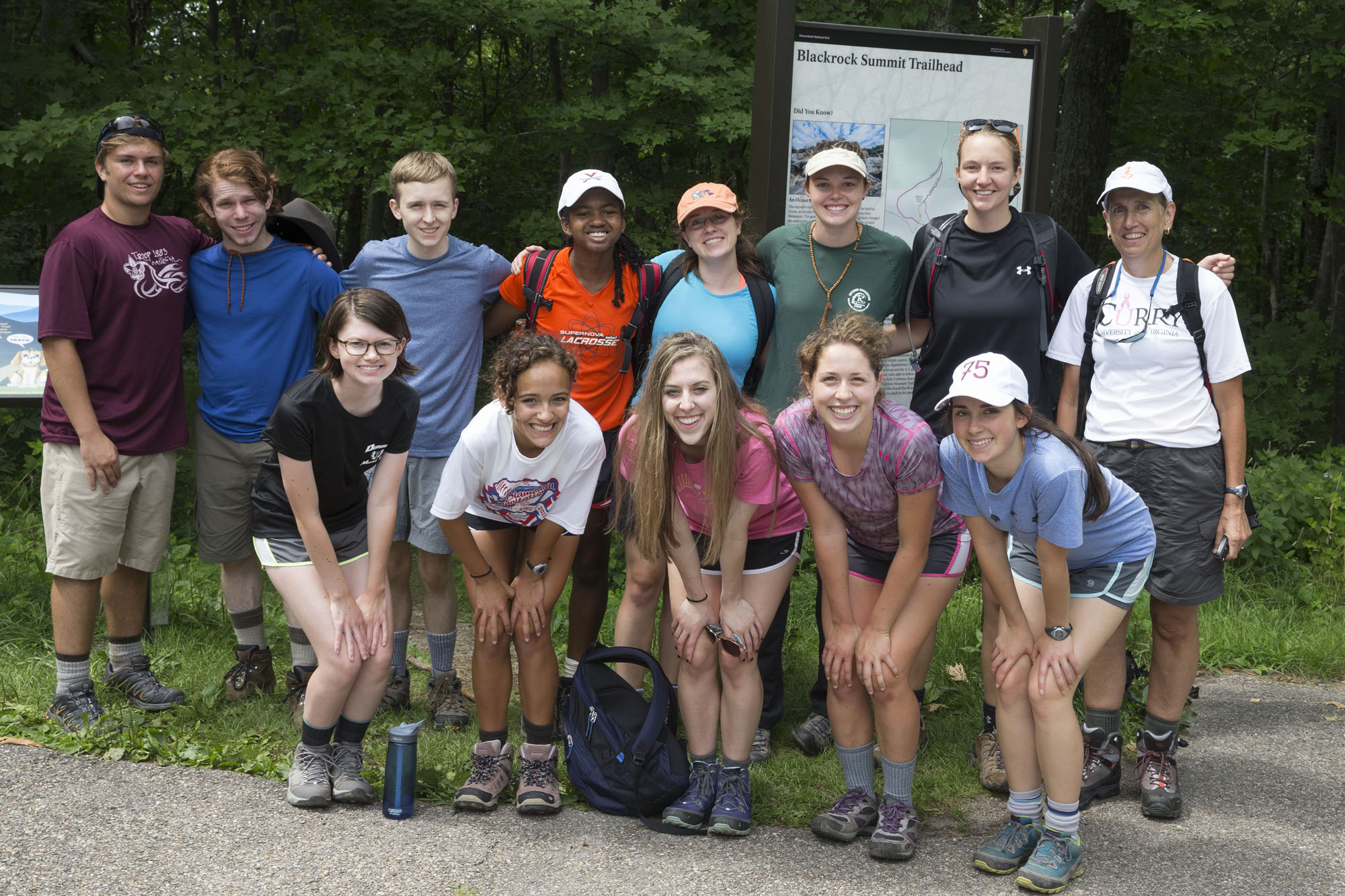
Media Contact
Article Information
August 31, 2015
/content/pilot-program-offers-incoming-students-mountaintop-experience

